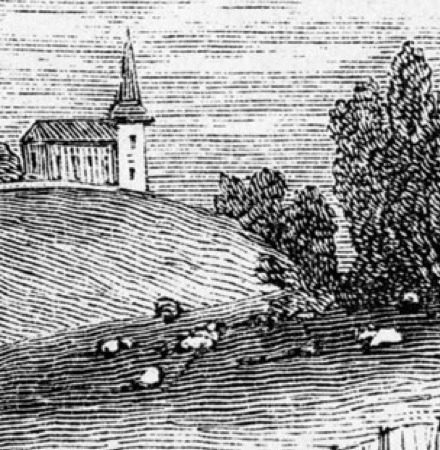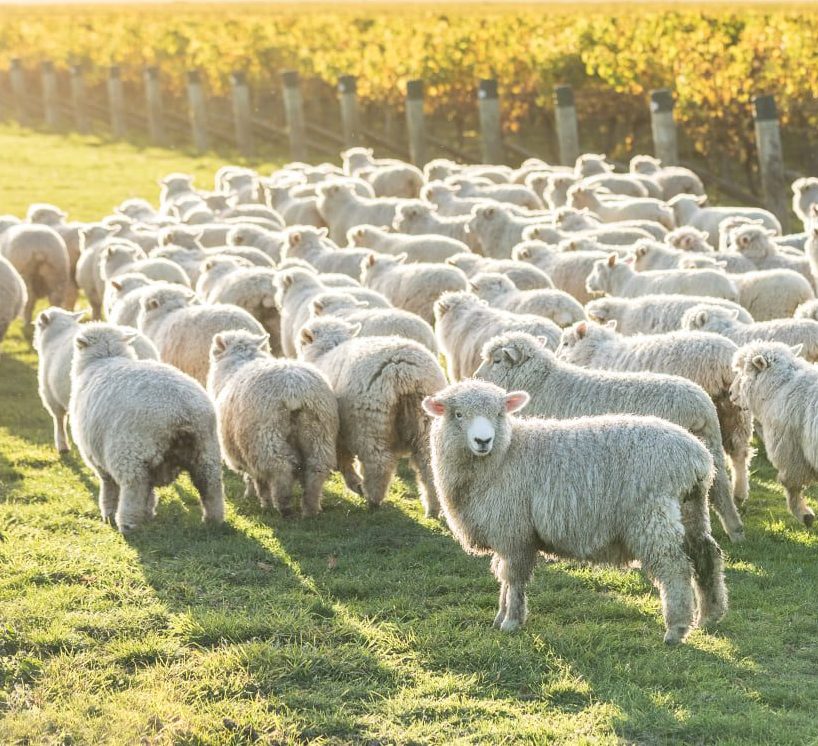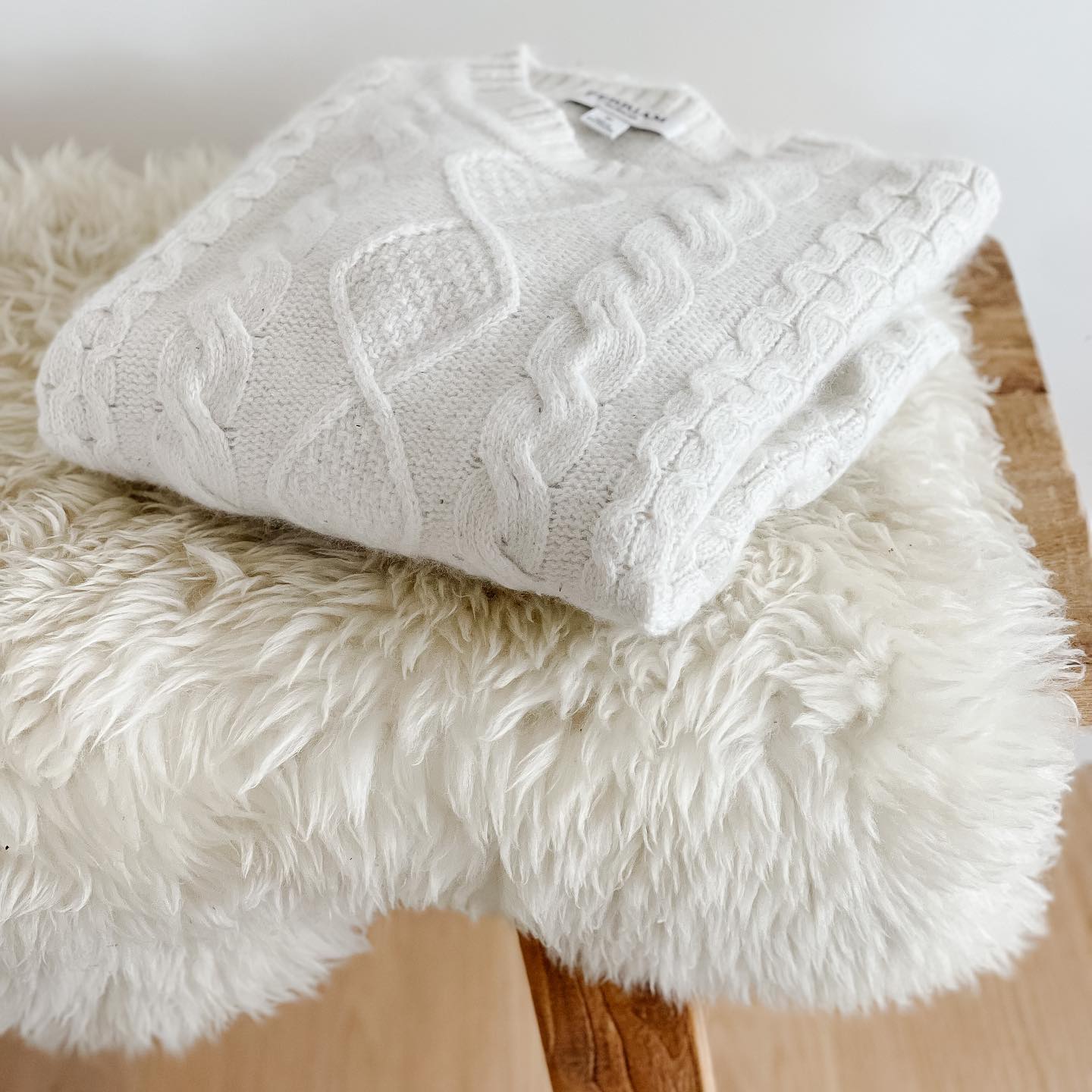
The early years
During his second visit to New Zealand in 1773, James Cook released a ewe and a ram in Queen Charlotte Sound. Unfortunately, they only survived for a few days because they were in very poor condition.
More sheep were introduced by early settlers in subsequent years and by the 1850’s, Sheep farming was well established and playing an important role in New Zealand’s economy.

